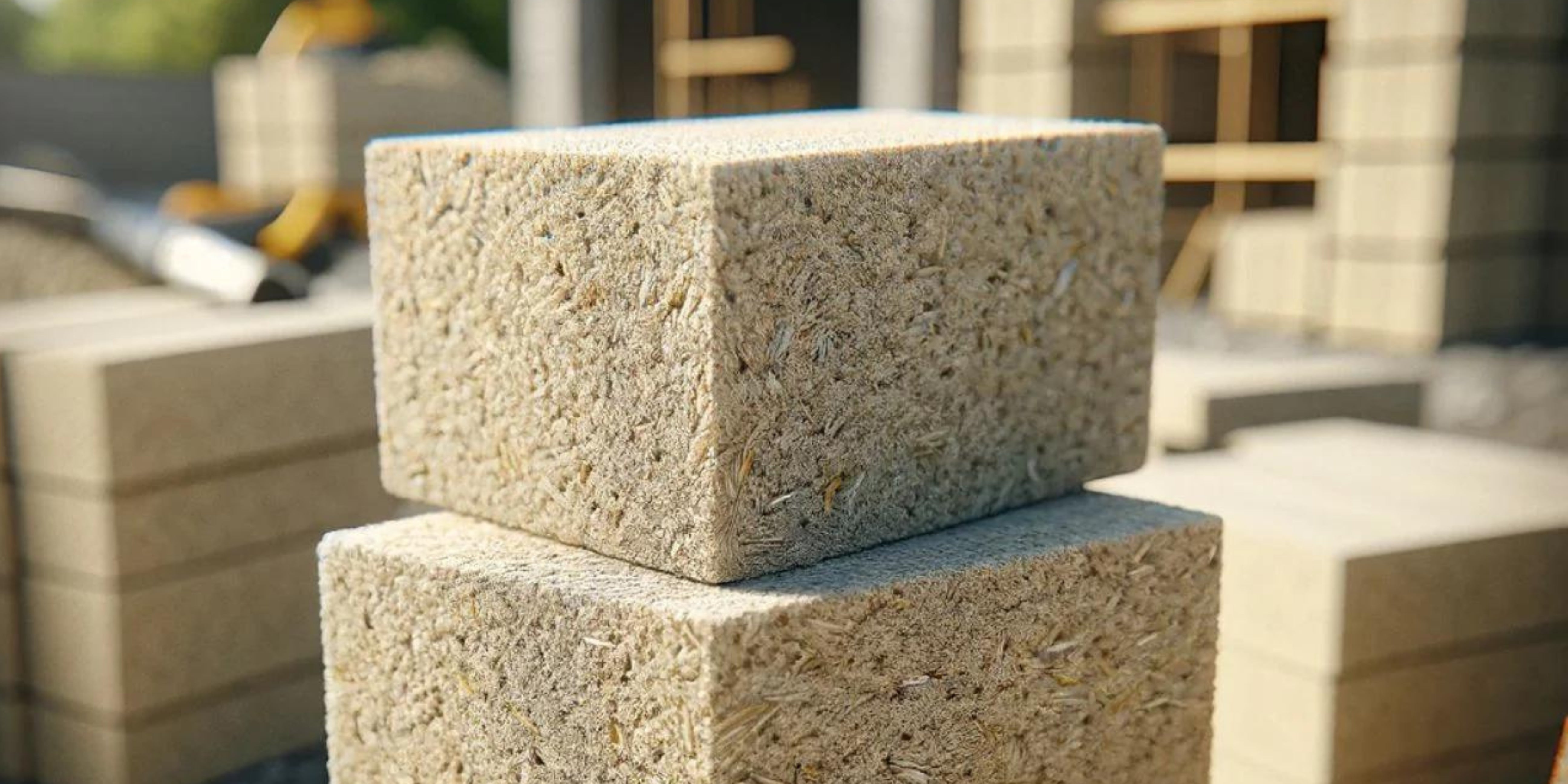Pest-Free Living: How Hempcrete Offers Natural Protection for Your Home
Introduction to Pest-Free Living with Hempcrete
In an era where sustainability and healthy living increasingly intersect, choosing the right materials for building or renovating a home is more crucial than ever. Among the myriad of options, hempcrete emerges as a standout for those seeking both eco-friendliness and effective pest control. This article explores the unique properties of hempcrete that not only contribute to a greener planet but also ensure a living space free from unwanted guests like termites and rodents. Understanding how hempcrete can protect your home naturally will open doors to not just a pest-free environment but also a sustainable future.
What is Hempcrete? Composition and Benefits
Hempcrete is a bio-composite material that combines hemp shivs (the woody core of the hemp plant), a lime-based binder, and water. This mixture forms a lightweight, insulating material ideal for walls, roofing, and flooring. Unlike traditional building materials, hempcrete is carbon-negative over its lifecycle, meaning it absorbs more carbon dioxide than it emits during production and use. This quality makes it an attractive option for those looking to reduce their ecological footprint while building or renovating their homes.
The benefits of hempcrete extend beyond its environmental impact. Its high thermal mass helps regulate indoor temperatures, keeping homes cool in summer and warm in winter. Additionally, hempcrete is highly breathable, allowing moisture to pass through it, which prevents the buildup of mold and mildew and contributes to a healthier living environment. These properties make hempcrete not just a sustainable choice but a practical one for enhancing comfort and well-being in residential spaces.
Natural Resistance: How Hempcrete Prevents Pest Infestations
Hempcrete’s ability to resist pest infestations is one of its most compelling features. The material's dense and solid structure provides few gaps for pests to penetrate, significantly reducing the likelihood of infestations. Furthermore, the high pH value of the lime binder in hempcrete creates an environment that is naturally inhospitable to pests. Lime is a well-known deterrent for many insects and rodents, which prefer not to nest or bore through the alkaline material, thus providing an effective barrier against infestations.
This natural pest resistance is especially valuable in areas prone to termites and rodents. Traditional building materials, such as wood, are susceptible to these pests, leading to potential structural damage and costly repairs. Hempcrete, however, offers homeowners peace of mind, reducing the need for chemical treatments, which can be harmful to health and the environment. By choosing hempcrete, homeowners embrace a preventive approach to pest management, ensuring their living spaces remain safe and natural.
Comparing Hempcrete and Traditional Building Materials
When compared to traditional building materials like wood, concrete, and insulation products, hempcrete stands out for its natural pest resistance. Wood, while popular for its aesthetics and versatility, is highly susceptible to termites and other wood-boring insects. Concrete, on the other hand, can crack over time, providing crevices for pests to enter. Synthetic insulation materials can attract rodents and insects that nest within the fibers. Hempcrete’s solid, monolithic structure eliminates many of these vulnerabilities, offering a more durable and less appealing target for pests.
The comparison extends to maintenance and longevity. Traditional materials may require regular treatments and repairs to address pest infestations and moisture problems. Hempcrete’s resistance to these issues means a lower lifetime cost and less frequent need for repairs. This not only saves money but also reduces the home’s environmental impact over its lifespan. For homeowners looking for a long-term, low-maintenance solution, hempcrete provides a compelling alternative.
The Science Behind Hempcrete’s Pest-Resistant Properties
At the molecular level, hempcrete’s pest-resistant properties can be attributed to its composition. The hemp fibers themselves are incredibly tough and difficult for pests to digest, which discourages infestation. Additionally, the lime binder plays a critical role. Its high pH level creates a caustic environment that repels insects naturally. This property is crucial in avoiding the use of toxic chemical repellents, making hempcrete a safer choice for homes, especially those with children or pets.
Moreover, hempcrete's breathability contributes significantly to its ability to ward off pests. By regulating moisture within the walls, hempcrete prevents the damp conditions that many pests find attractive. This moisture regulation not only deters pests but also prevents the growth of mold and fungi, which can attract an even broader range of pests. Thus, hempcrete’s unique physical and chemical properties work in tandem to create a robust, naturally pest-resistant barrier for any home.
Long-Term Benefits: Durability and Maintenance of Hempcrete Homes
One of the most significant advantages of hempcrete is its durability. Buildings constructed with hempcrete have a long lifespan, resisting common problems that can degrade other materials over time, such as rot, mold, and insect damage. This resilience translates into substantial maintenance savings throughout the life of a home. Hempcrete's inherent stability and pest resistance mean that homeowners can spend less on repairs and renovations, a cost-effective feature that adds to its appeal.
In addition to its durability, hempcrete's thermal insulation properties remain consistent over time, unlike some insulation materials that can settle or degrade. This enduring efficiency helps to maintain low energy costs for heating and cooling the home, further enhancing its long-term benefits. The combination of low maintenance and energy efficiency makes hempcrete an economically and environmentally superior choice for new construction and renovations alike.
Eco-Friendly Living: Environmental Advantages of Hempcrete
Hempcrete's environmental advantages extend well beyond its carbon-negative status. By integrating hempcrete into construction, homeowners contribute to a reduced demand for synthetic materials that are energy-intensive to produce. Moreover, hemp cultivation benefits the environment, as hemp plants absorb carbon dioxide while growing, purifying the air and improving soil quality through phytoremediation. These features make hempcrete a cornerstone material for eco-friendly construction projects.
Furthermore, because hempcrete is made from natural materials, it is fully biodegradable at the end of its life cycle, unlike many conventional building materials that contribute to landfill waste. The use of hempcrete supports the building industry's move towards more sustainable practices, reflecting a growing awareness of the need to adopt environmentally responsible materials to combat the effects of climate change.
Summary
What is Hempcrete?
- Hempcrete is a sustainable building material made from hemp shivs, lime binder, and water.
- It is carbon-negative, offering excellent thermal insulation and moisture regulation.
- Hempcrete's dense structure and high pH lime content naturally deter pests like termites and rodents.
- Its inhospitable environment for pests reduces the need for chemical treatments.
- Hempcrete is more durable and pest-resistant compared to traditional materials such as wood and concrete.
- It requires fewer repairs and maintenance, which can lead to long-term cost savings.
- The lime in hempcrete creates a caustic environment that repels insects.
- Hempcrete's breathability prevents moisture build-up, discouraging mold and pest infestation.
- Hempcrete buildings are long-lasting and resistant to many common building problems like rot and mold.
- Its consistent thermal insulation properties maintain energy efficiency over time.
- Using hempcrete reduces the ecological footprint by decreasing the demand for synthetic materials.
- Hemp cultivation improves air and soil quality, enhancing the overall environmental benefits of hempcrete.



Leave a comment